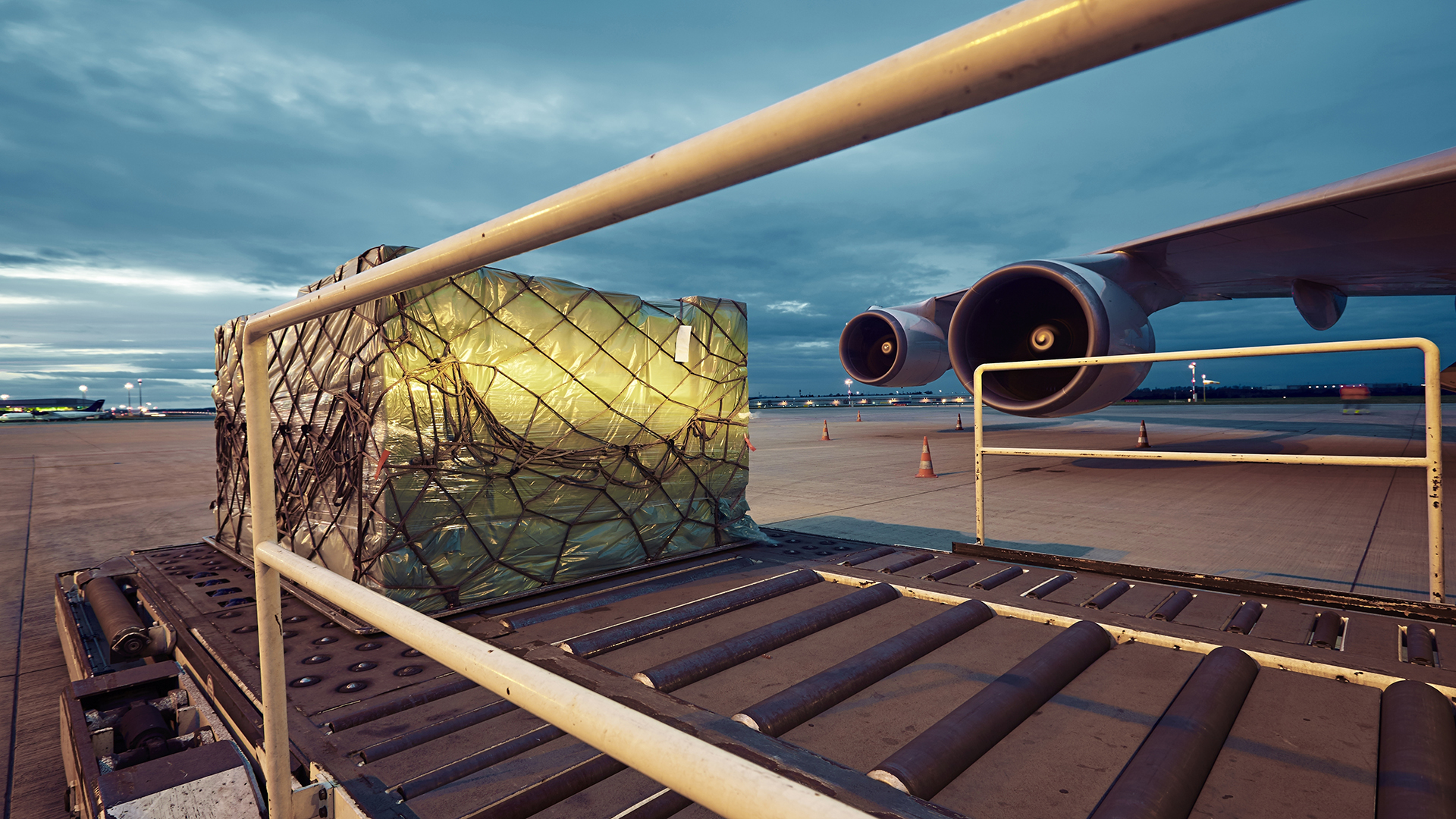Record Air Freight Peak Season Causes Significant Backlogs

As early as November last year, the global freight industry was seeing an unprecedented spike in demand following a relatively calm summer. A massive uptick in demand in air freight – and its knock-on effect on sea freight – seems to have principally been driven by a seasonal peak in e-commerce against the backdrop of a robust global economy. With freight demand growing and Christmas around the corner, many were predicting a strong market for freight forwarders through the festive season and into the beginning of 2018.
As November rolled into December, air freight demand continued to be high between both Asia and Europe, and Asia and the Americas, in both directions. While in many ways this seemed like good news for freight companies – allowing for more dynamic pricing than the market has perhaps been prepared to accept at other times – it also meant real challenges in accommodating the increased demand. Other factors played into this, such as insufficiently flexible ground handling capacity in many international airports. By mid-December, severe weather across Europe and the United States also began to exacerbate the situation, with thousands of flights cancelled.
Inevitably, significant backlogs started to build up – along with prices. Throughout this period, reputable retailers were in many cases left with two options for their goods in view of severely limited air freight capacity: switch to less expensive but slower maritime shipping, or pay extra for access to express air cargo. For e-commerce businesses like Amazon with a reputation to protect in terms of delivery dates guaranteed to customers, there was often really only one choice: pay for express.

Of course, when we highlight e-commerce as one of the primary drivers of this latest peak in demand for air freight, it’s important to remember that we aren’t just talking about shipping finished goods from business to customer. There are entire supply chains to be taken into account, and as consumer demand and expectations increase, sales channels in turn are under ever greater pressure to replenish inventories and accelerate distribution. All of this has a knock-on effect on demand for international freight.
It’s fair to say that many shippers have been caught unawares by the backlogs – and price hikes – they have experienced in the past two or three months. So what can you do to prepare for such circumstances arising again in the future? The plain truth is that e-commerce, in particular, continues to grow in the context of a strong international economy, and will continue to place increasing demands on a global freight industry which is already experiencing considerable pressures. Likewise, seasonal peaks aren’t going anywhere, and what we’ve seen in the past couple of months is likely to happen all over again as we approach the holiday period at the end of 2018.
Forward planning and forecasting demand is crucial – anticipating your supply chain needs, and how they are likely to be impacted during peak season, will give you the best chance of avoiding an upset. Be aware that freight rates will go up as demand increases and capacity is limited, and ensure you budget accordingly. Ultimately, consider partnering with a logistics provider who can act as a trusted partner in helping you to streamline your supply-chain logistics and provide the best value for your business, at both peak and off-peak times of the year.